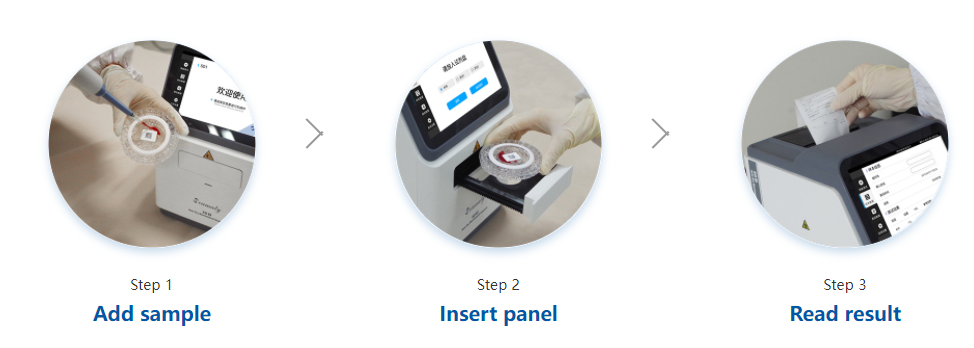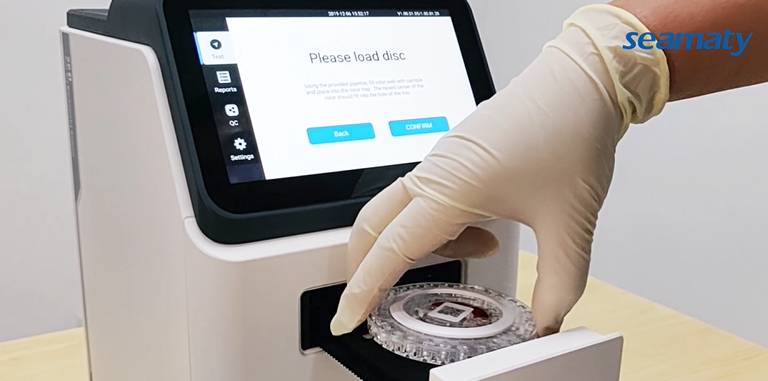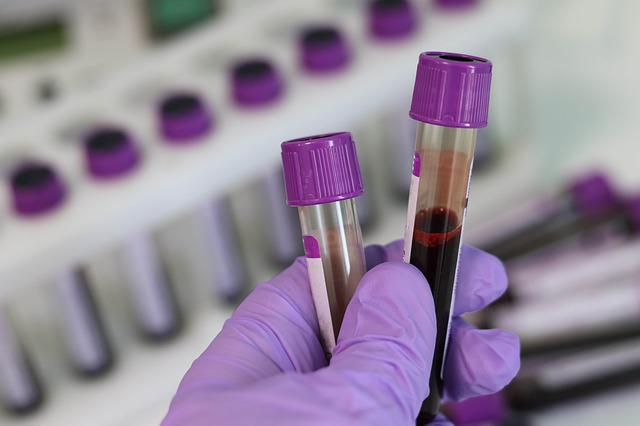The normal human blood contains more or less some fats and oils. However, when the level of fats and oils exceeds the normal range, you may suffer from a disease called hypertriglyceridemia, which is one of the hyperlipidemic diseases.
There are many reasons for developing hypertriglyceridemia. In addition to long-term consumption of foods high in oil and salt, unhealthy lifestyles such as long-term physical inactivity and irregular work and rest schedules can also increase the risk of developing the disease. In addition to these causes, heredity is also an important factor in developing hyperlipidemia.
What should we do to avoid developing hypertriglyceridemia?
-
1. Avoid excessive consumption of high-fat and high-salt foods such as fried foods
-
2. eat more vegetables, drink more water and exercise more
-
3. regular work and rest, regular diet
-
4. Keep your weight within the normal range
-
5. Regular medical check-ups.
-
6. Try to drink less alcohol, and if you have hypertriglyceridemia, you must not drink alcohol.
For those who want to check if they have hypertriglyceridemia, they can do so with Seamaty's fully automated biochemistry analyzer SD1, which develops and manufactures a specific kit-6 lipid kit that tests for ALT, AST, GLU, TC, TG, HDL. The TG level is one of the most important indicators for the detection of hypertriglyceridemia.
How to use SD1 Biochemistry Analyzer
The SD1 has three simple steps to obtain test results in 12 minutes.

Step 1: the sample is injected into the reagent tray. Use the sampling gun to draw blood into the reagent tray. Normal biochemical instruments require centrifugation and calibration before this step. Because the SD1 comes with a centrifugation function, it is possible to test whole blood directly.
Step 2: Place the blood into the reagent tray.
Step: the results are automatically printed after 12 minutes.




